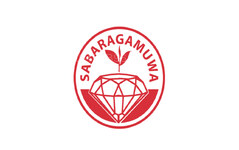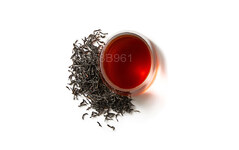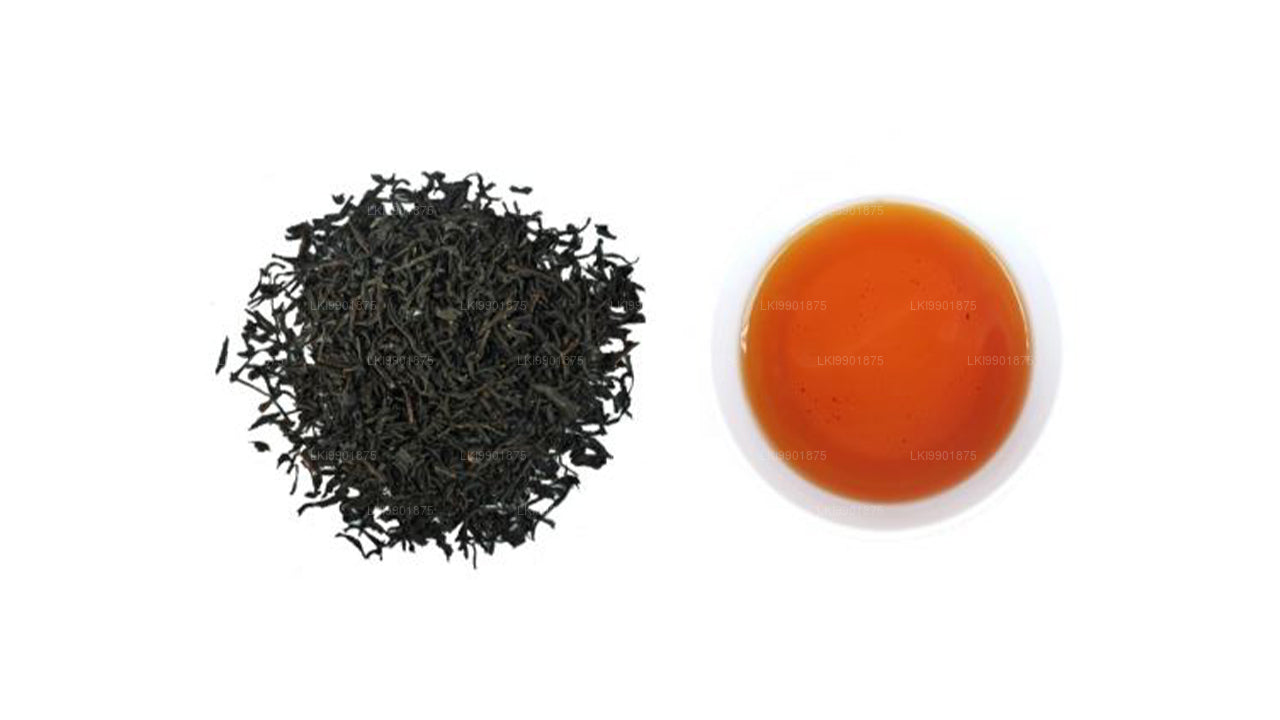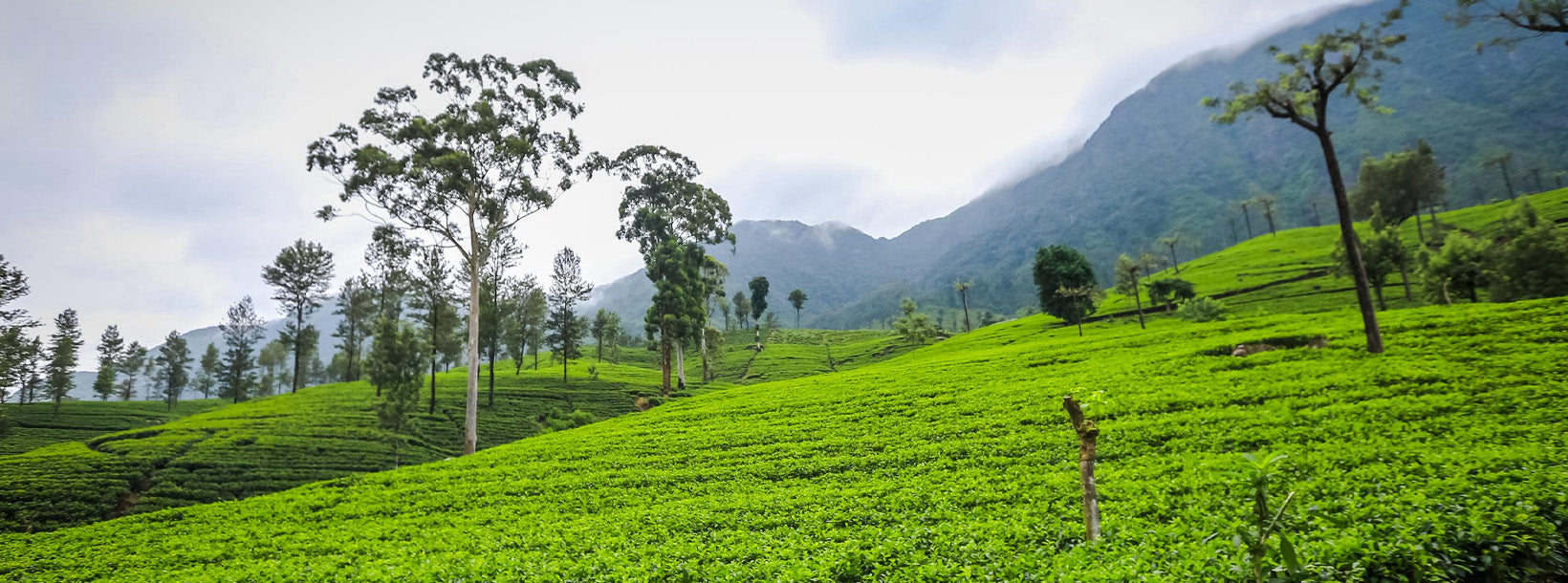
Theeplantages
De theeplantages van Sri Lanka, voornamelijk gelegen in de centrale hooglanden, staan bekend om de productie van enkele van 's werelds beste theesoorten. Deze weelderige plantages, zoals die in Kandy, Nuwara Eliya en Hatton, bieden schilderachtige landschappen en een rijke geschiedenis. De plantages leveren een aanzienlijke bijdrage aan de economie van het land en exporteren wereldwijd hoogwaardige Ceylon-thee.
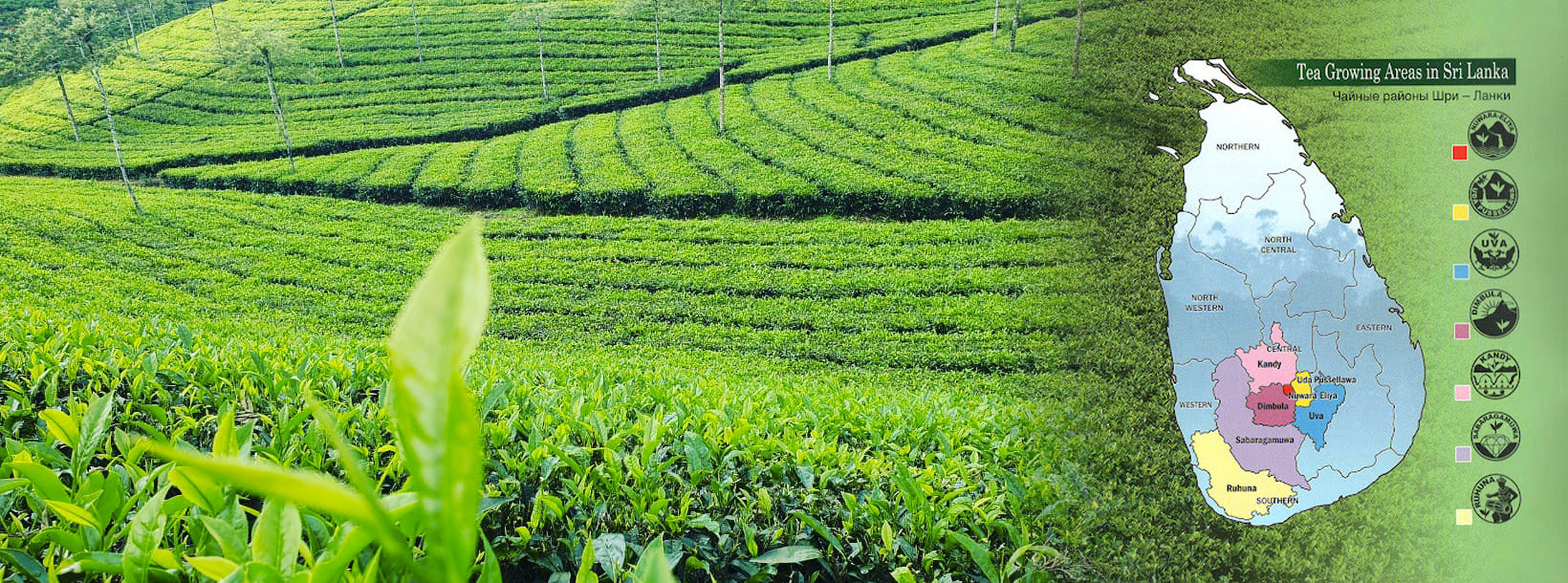
Ceylon-theeregio's
Het brouwsel in je kopje heeft een verhaal te vertellen. Het vertelt over glooiende heuvels, overvloedige zonneschijn en weelderige provincies. In Sri Lanka worden de meeste theesoorten geproduceerd in de centrale en zuidelijke provincies. Verschillende hoogtes en microklimaten beïnvloeden de karakteristieke smaak, kleur, aroma en seizoensgebondenheid van Ceylonthee.
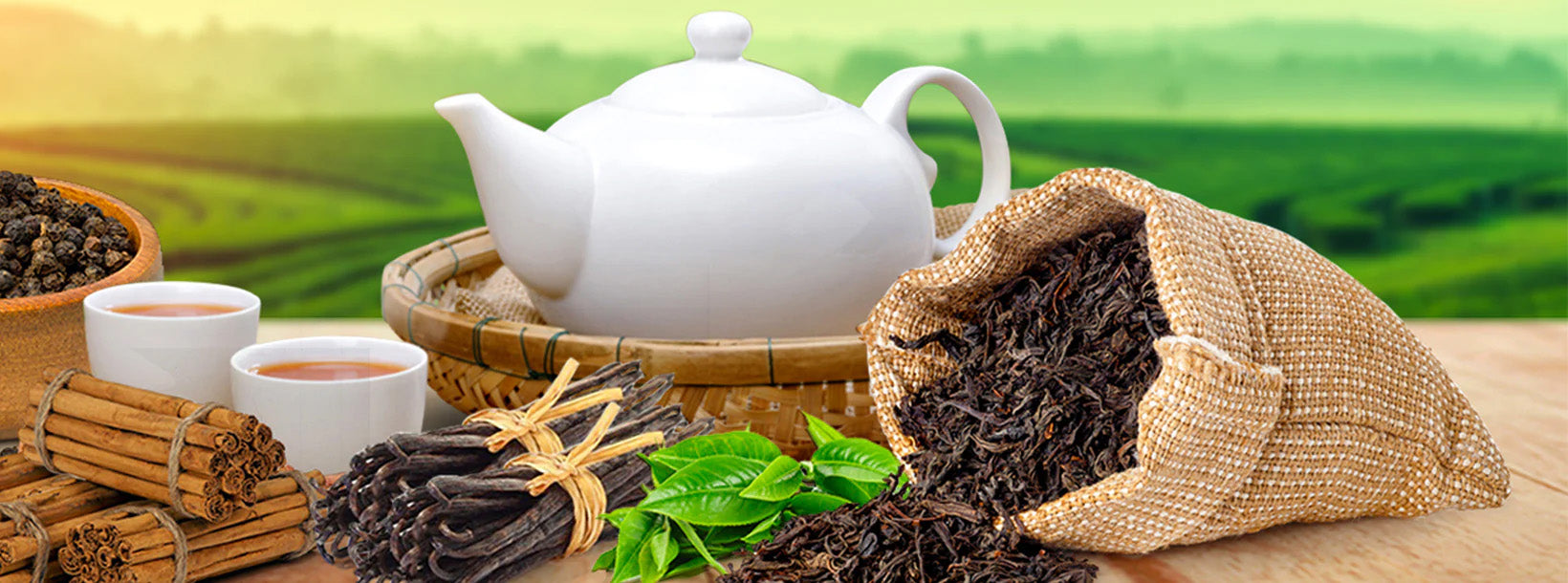
Ceylon zwarte thee kwaliteiten
Ceylonthee zoals we die nu kennen, bestaat in verschillende variëteiten, elk met unieke smaken en aroma's. Naast de verschillende theesoorten zijn er ook verschillende klassen waarin Ceylonthee wordt onderverdeeld.
Sabaragamuwa Tea
Sabaragamuwa is one of the biggest tea-growing regions in Sri Lanka. This growing region covers the western and southwestern and central mountains of the country.
The teas of Sabaragamuwa, in other words, Ruhuna, are mainly low-grown. all the estates range in elevation from sea level to around 2,500 feet.
The highest estates lie just below the boundaries of the Sinharaja and Peak Wilderness nature reserves. the environment consists of rainforests, cloud forests, and high grassy plains in this region.
As a result, they produce tea of a somewhat different character to that grown at lower elevations in the district. And also, some of these estates receive the highest rainfall of any in the plantation districts.
Other upper Sabaragamuwa estates receive some weather from the nearby Uva climatic system. Therefore, they produce in an entirely different way.
Sabaragamuwa produces a fast-growing bush with a long leaf, very black when withered, and well suited for ‘rolling’ (see manufacturer). The liquor, too, is similar to that of Ruhuna tea, dark yellow-brown with a reddish tint in the dry season, though lightening somewhat with altitude.
However, the ‘nose’ or aroma, is noticeably different from the Ruhuna product, with a hint of sweet caramel, and not quite as strong as the latter. The flavor, too, is strongly marked, especially with respect to low-grown examples.
These are general comments, However, and need not apply to all teas produced in Sabaragamuwa. The districts contain a number of sub-districts such as Ratnapura, Rakwana, Kaltura, Matara & Weligama close to the Southern coast.

